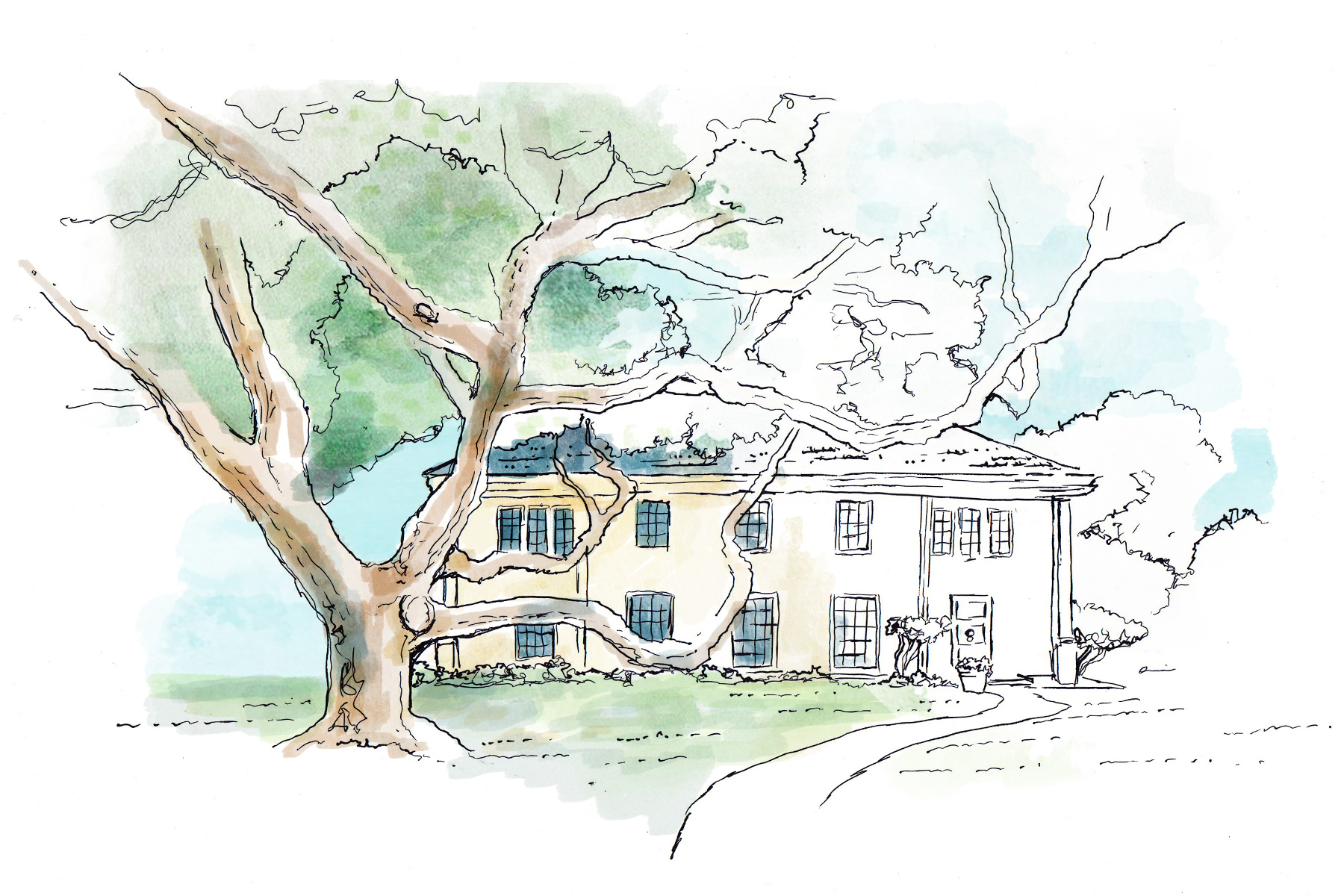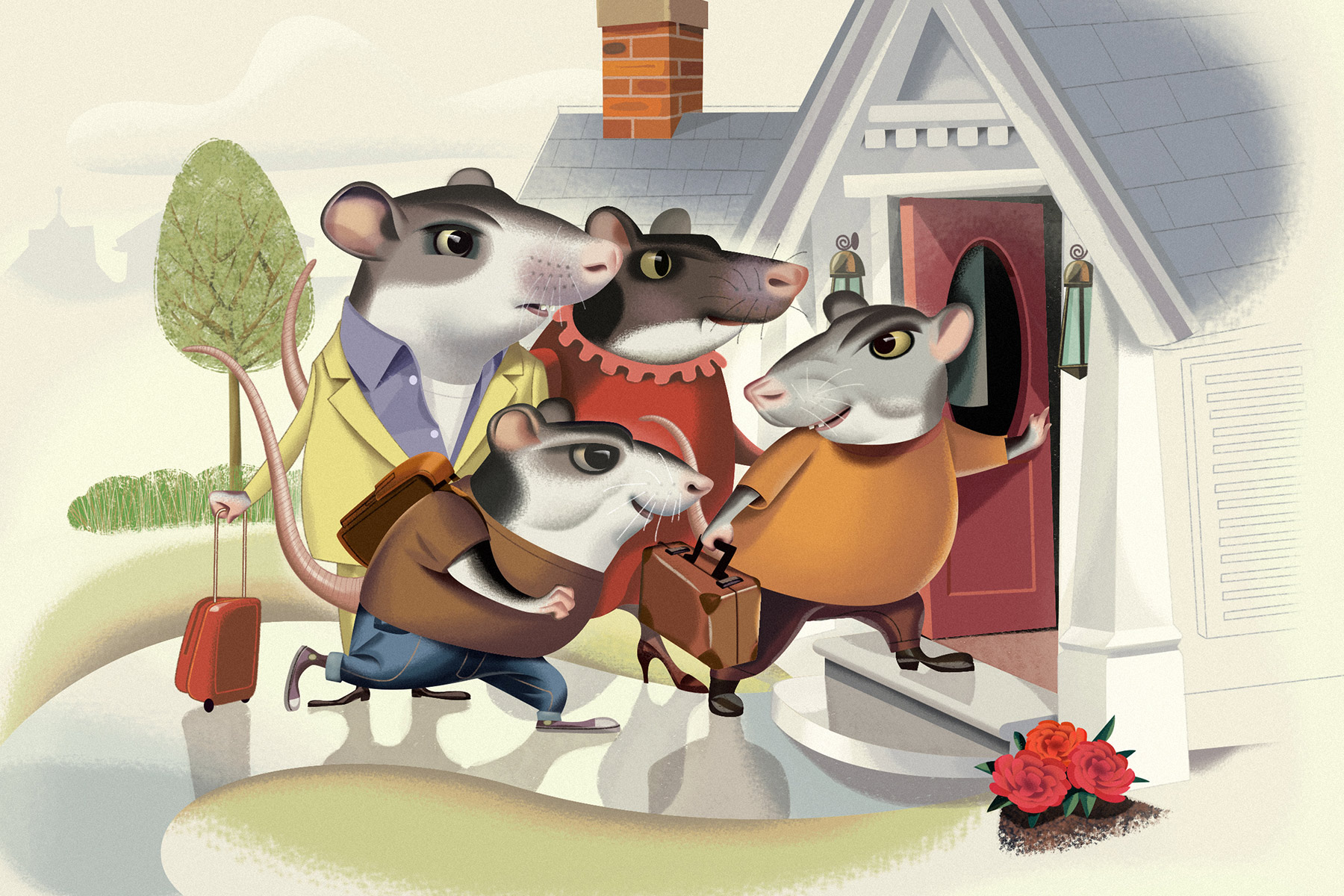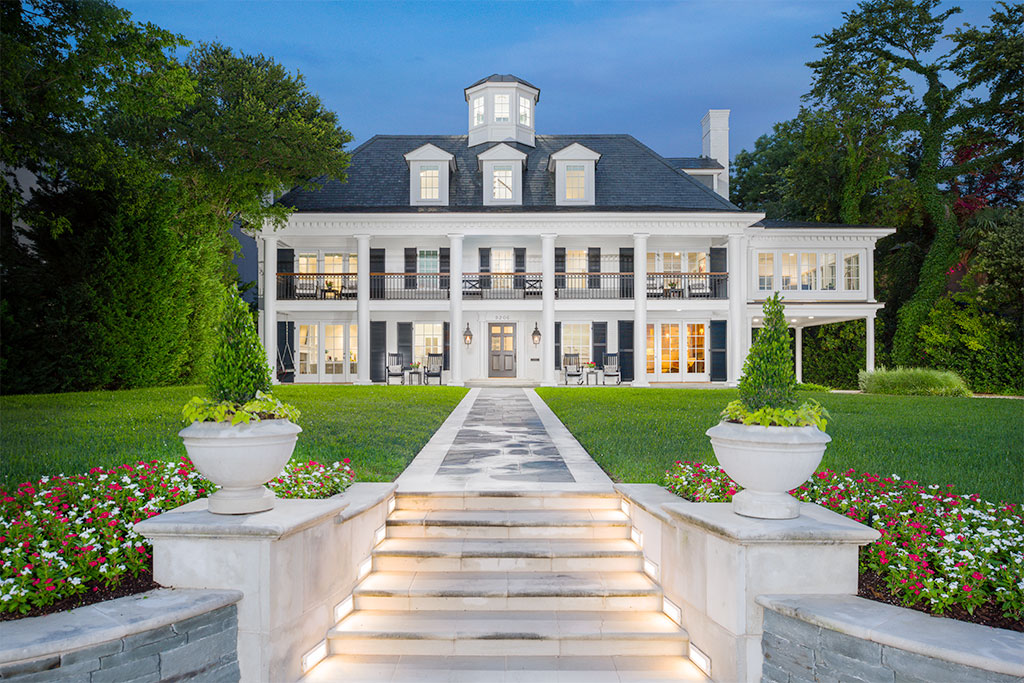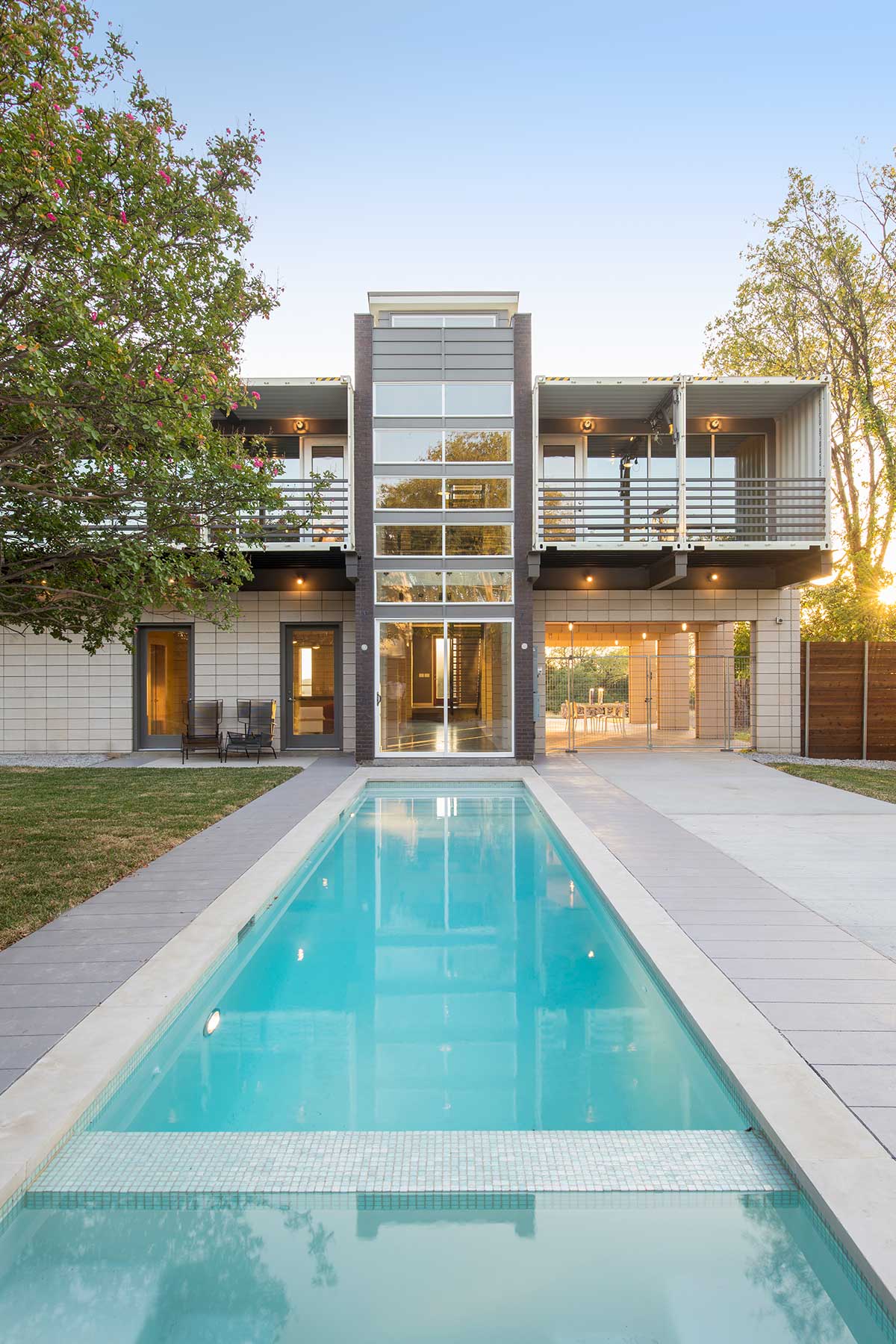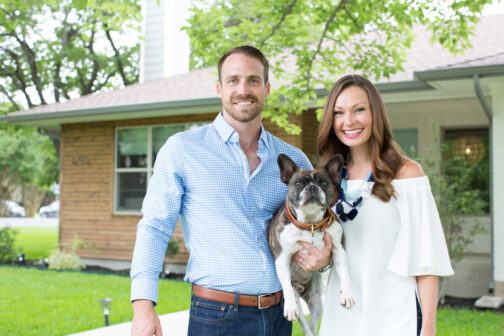Though Dallas Maids has been a thriving cleaning service for 16 years, its future looked grim when the shelter-in-place order took effect. Residential cleaning services were deemed essential businesses, but the company’s owner, Greg Shepard, knew that many of his regular customers wouldn’t feel comfortable having someone visit their homes.
Though cancelations rolled in “like an avalanche,” says Shepard, he and his team were touched when many customers insisted on paying anyway to support the small business. Others kept their appointments and added generous tips.
“[Our customers have] shown that the worst of times brings out the best in people,” says Shepard. “I want to pay this generosity forward by providing our local area first responders with free home cleanings [to lessen] their stress.”
Dallas Maids’ First Responders Fatigue Relief fund provides complimentary home cleaning services for the first responders working to fight COVID-19. The fund also ensures that the company’s professional cleaners receive their regular pay. Customers can choose to donate their scheduled cleanings to first responders by continuing to pay their regular rates. Non-customers can help, too: donate here, share the link with friends, and let first responders know about the opportunity.





